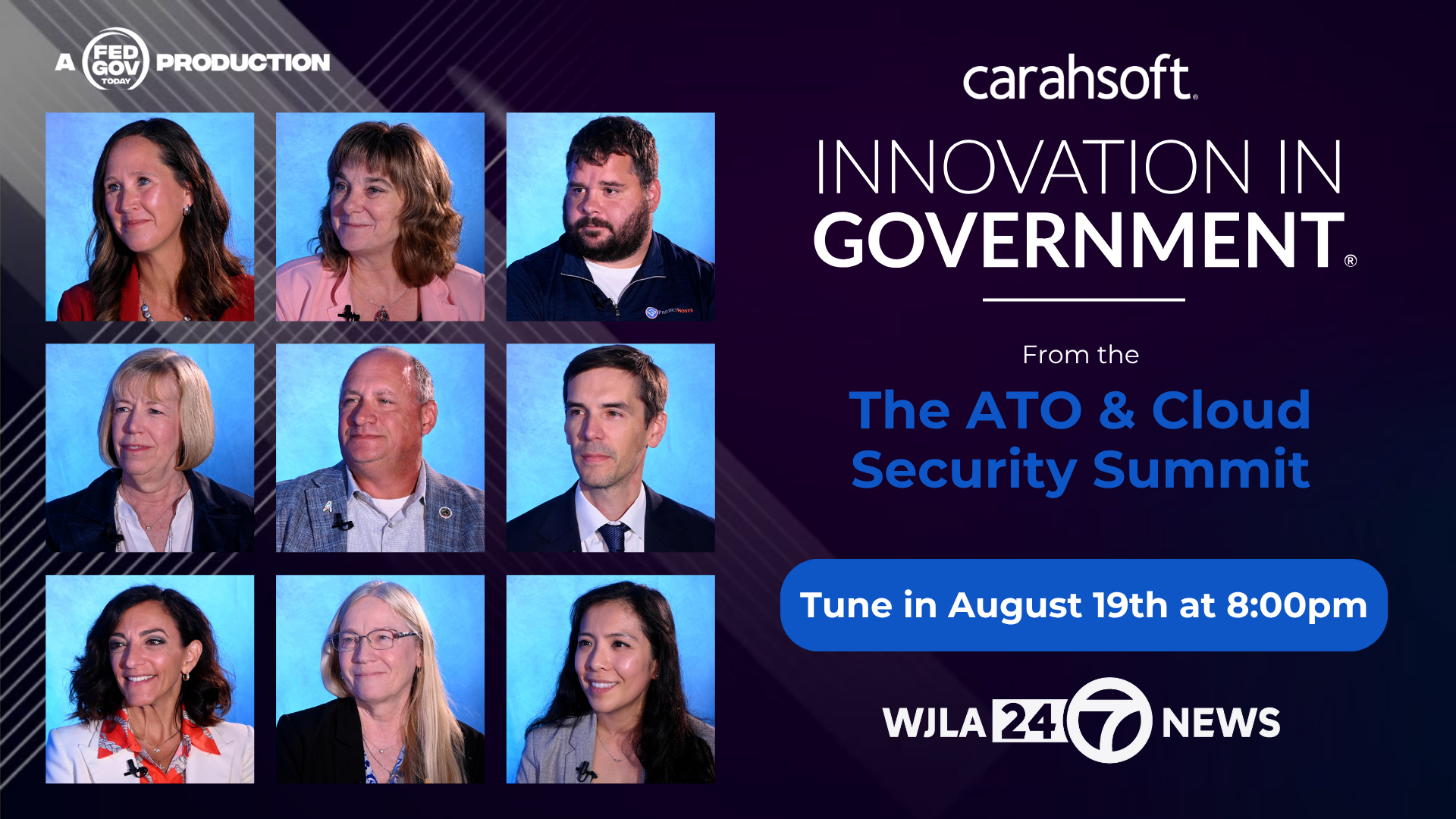Original Broadcast 6/11/25
Presented by OpenAI and Carahsoft
In the federal government’s push to modernize operations and deliver services more effectively, artificial intelligence is no longer optional—it’s a strategic imperative. But moving from small-scale pilots to enterprise-wide impact takes more than just deploying a powerful model. It requires leadership, strategy, trust, and the right partnerships. Felipe Millon, Public Sector Go-to-Market Leader at OpenAI, outlined how agencies are navigating this journey during a conversation at the AI for Government Summit presented by Carahsoft.
 Millon began with a compelling case study: the Commonwealth of Pennsylvania, which recently completed a year-long pilot with ChatGPT Enterprise. The results were undeniable. Across 14 agencies, the state reported time savings of up to eight hours per employee, per week. These were not abstract benefits—they were practical improvements in productivity, efficiency, and mission support. Governor Josh Shapiro even took to the stage to share the success publicly, highlighting how AI was already delivering value in state government.
Millon began with a compelling case study: the Commonwealth of Pennsylvania, which recently completed a year-long pilot with ChatGPT Enterprise. The results were undeniable. Across 14 agencies, the state reported time savings of up to eight hours per employee, per week. These were not abstract benefits—they were practical improvements in productivity, efficiency, and mission support. Governor Josh Shapiro even took to the stage to share the success publicly, highlighting how AI was already delivering value in state government.
But the big challenge, Millon explained, is how to translate these early wins into sustainable, scalable federal programs. One key roadblock is the federal authorization process. Programs like FedRAMP, while designed with cybersecurity in mind, can unintentionally delay or stifle the adoption of powerful new technologies. “These frameworks are important and necessary,” Millon acknowledged, “but they also need to evolve to support the speed and flexibility agencies need today.”
To that end, OpenAI is working closely with agencies to provide secure pathways for use. ChatGPT Enterprise is already in use under provisional authorizations, while the company pursues full FedRAMP accreditation. In parallel, OpenAI has developed ChatGPT Gov—a version of its product that runs locally within a customer’s own Azure cloud tenant. This deployment model is specifically tailored for use in sensitive environments like the Department of Defense and the intelligence community, ensuring agencies can benefit from generative AI without compromising on data control or security.
Millon emphasized that scaling AI in government requires both bottom-up and top-down strategies. Bottom-up means making tools like ChatGPT accessible to employees so they can use them in everyday workflows. Top-down means leadership must intentionally design AI programs that align with mission priorities and create the policies, resourcing, and cultural support needed to implement them effectively.
One of the most important lessons, Millon said, is that you don’t get good at using AI by reading about it—you get good at it by doing. “You don’t get fit by reading about working out,” he joked. “You have to go to the gym. And in government, going to the gym means using AI in real workflows.” That means giving employees access to general-purpose tools, while also developing tailored applications that address agency-specific challenges through APIs and custom integrations.
 The experience of working with federal customers has shown that agencies are eager to innovate, but frequently held back by two persistent pain points: cybersecurity approval and procurement. To help solve the second issue, OpenAI is proactively listing its products on government-wide acquisition vehicles like NASA SEWP and the GSA Schedule. These listings give agencies faster and more compliant pathways to procure and test AI solutions without getting stuck in contracting delays.
The experience of working with federal customers has shown that agencies are eager to innovate, but frequently held back by two persistent pain points: cybersecurity approval and procurement. To help solve the second issue, OpenAI is proactively listing its products on government-wide acquisition vehicles like NASA SEWP and the GSA Schedule. These listings give agencies faster and more compliant pathways to procure and test AI solutions without getting stuck in contracting delays.
As for the pace of innovation, Millon noted that AI capabilities are evolving so quickly that long-term technology planning has to be approached differently. Just six months ago, reasoning models—the advanced class of AI capable of drawing conclusions and synthesizing complex data—were still emerging. Today, they are already producing breakthrough results. He shared a striking example from a recent hackathon hosted with U.S. national laboratories: 1,500 scientists used OpenAI’s models to support research, and one physicist at Brookhaven National Lab credited ChatGPT as a co-author in a newly published paper. The AI had helped generate novel insights in his field of expertise.
This rapid pace of advancement underscores Millon’s main message to government leaders: don’t wait for the perfect AI solution to start. The best approach is to begin using the tools available today—safely, securely, and with clear guardrails—and then expand based on what delivers real value. The future of AI is arriving faster than most agencies realize, and the cost of inaction may be greater than the cost of experimentation.
For Millon and OpenAI, the path forward is about collaboration. It’s about empowering agencies to work at their own pace while ensuring access to cutting-edge technology that’s responsibly governed and ready for mission deployment. By pairing technical excellence with a deep understanding of public sector challenges, OpenAI aims to be more than just a vendor—it seeks to be a true innovation partner.
Key Takeaways:
-
Pilot successes like Pennsylvania prove AI can drive measurable mission impact.
-
Authorization and procurement remain challenges, but are being actively addressed.
-
Agencies should start now with scalable, secure tools to avoid falling behind.
This interview was featured in the program Innovation in Government recorded on location at the Carahsoft AI for Government Summit. To watch the full program, click here.



